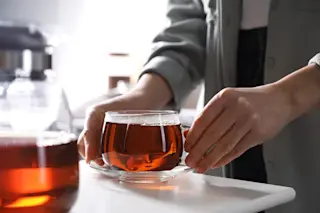The Food Guide Pagoda & Other Riffs on the Pyramid
Explore our stunning image gallery featuring vibrant photos optimized with lazy loading images for quick viewing.
More on Discover
Stay Curious
SubscribeTo The Magazine
Save up to 40% off the cover price when you subscribe to Discover magazine.
Subscribe












